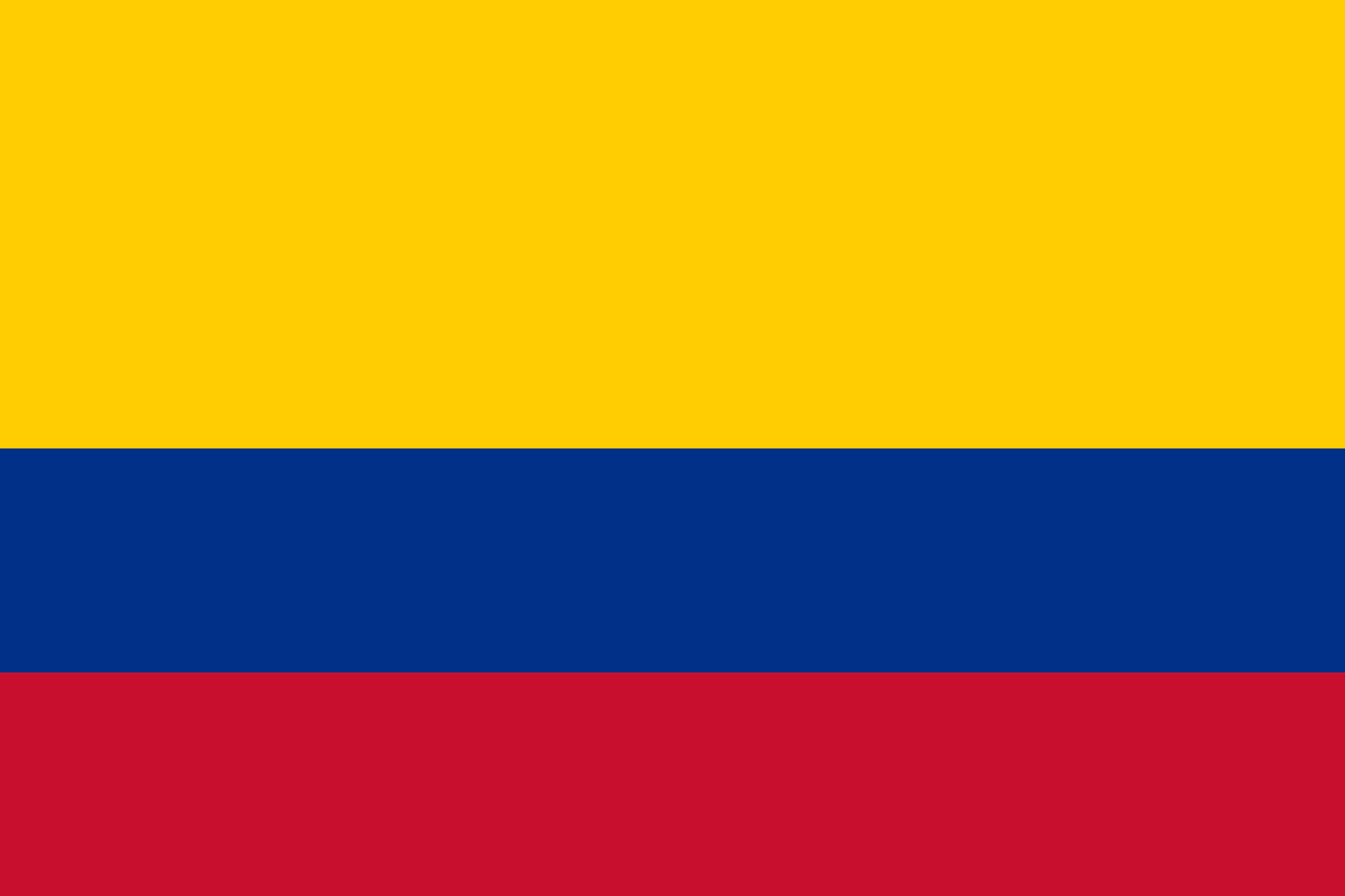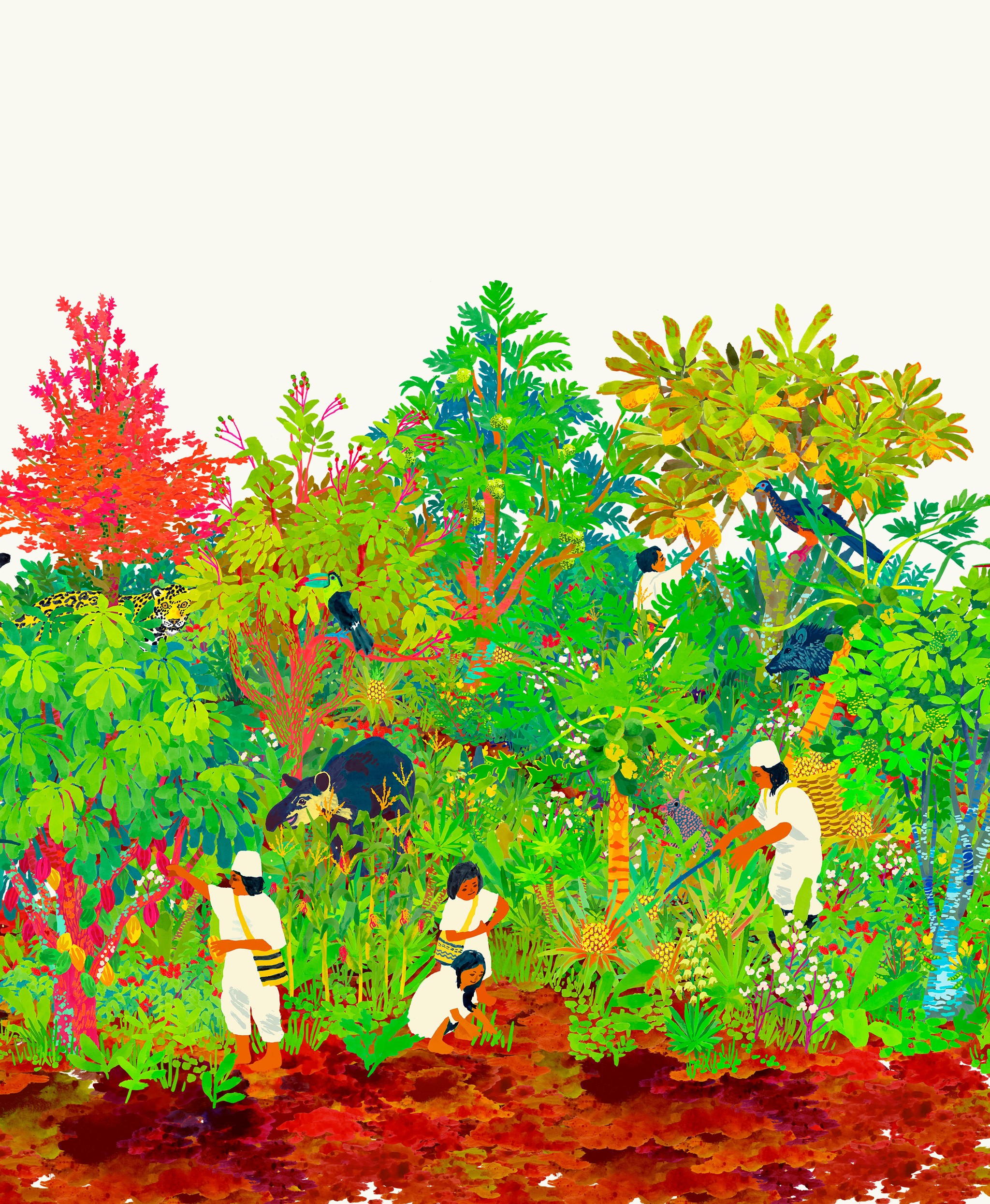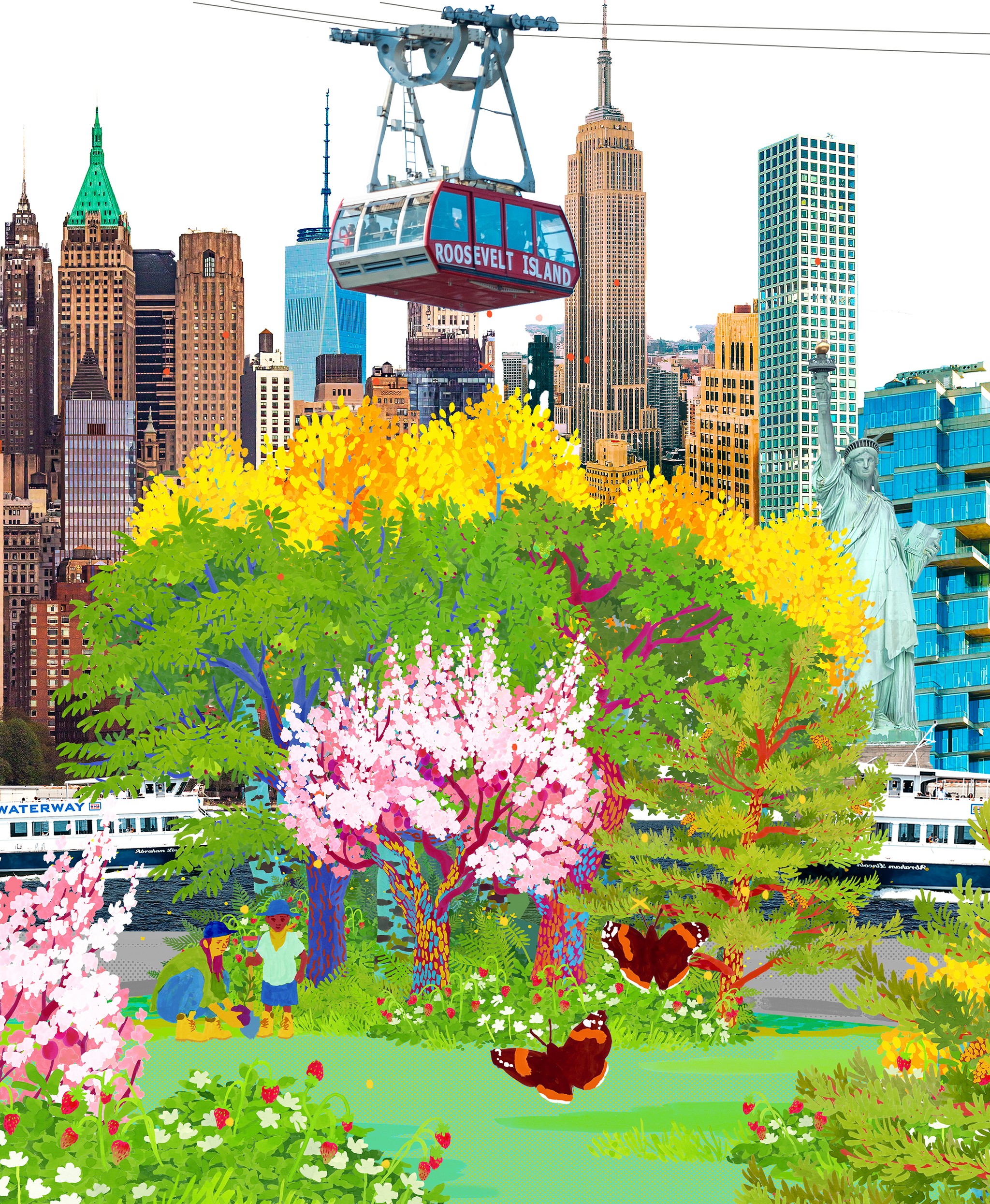Sé Food Forest
A food forest on the sacred land of the Sierra Nevada.


0
Trees, Plants & Shrubs
0
Square Meters
0
Native Species
Sé Food Forest is located at the heart of a reserve in the Sierra Nevada de Santa Marta, Colombia, on sacred land home to the Indigenous Arhuaco community. This biologically rich and diverse region faces significant threats from disrupted weather patterns leading to prolonged droughts and severe flooding. These changes exacerbate food insecurity and jeopardise the local food systems upon which the Indigenous communities depend. This large-scale project aims to enhance the environment's resilience to these weather patterns, improve local food security, and promote ecosystem regeneration.
The Arhuacos, a First Nation people deeply connected to Nature and viewing the Earth as their mother, use their ancient knowledge, recognised as UNESCO Cultural Heritage, to guide them in the stewardship and care of the planet. The project combined ancestral knowledge from the Arhuacos with modern syntropic agriculture technology, a technique that promotes regenerative and self-sustaining ecosystems. This approach developed the most effective and holistic planting strategy, ensuring that balance and harmony are restored to the environment as the forest grows.
Forest Maker
Jaguar Siembra


Forest Design
LIDAR technology was instrumental in mapping the land's contours, guiding the placement of water systems and reservoirs crucial for managing water flow and mitigating climate impact.
The forest was planted in two phases aligned with lunar cycles, honouring the Arhuaco belief in the Earth's receptivity during specific moon phases that embody feminine energy and nurturing power. The ceremonial house, Kankurwa, was purpose-built for the project to honour the spirituality of the Arhuaco people and serve as their sacred "house of thought" within the forest.


Forest Report: Winter 2025
In January 2025, we will plant the Mocuna bean across the entire 5,000 square meters, completing the process by the end of the month.
This planting follows a regeneration protocol in which the Mocuna bean enriches the soil with nitrogen and nutrients while organic material from land clearing decomposes into mulch. The land is cleared monthly from January to September, ensuring optimal soil conditions for planting later in the year.
Planting: August 2024
- The first of three phases of planting completed, introducing a diverse mix of species to reclaim and regenerate the soil.
- This first stage is crucial for observing plant adaptation and understanding the land’s response to our efforts.
- One challenge has been iguanas feeding on the fruit tree seeds, emphasizing the importance of integrating a tree nursery into the next stage.
- Despite the challenges, the process has been rewarding, and the arrival of rain just before planting signals that we are on the right path.
- The journey of this forest is just beginning, growing alongside the community that nurtures it.

“We believe that the only way to find deeper solutions to the problems that we are living, we need to combine different cultures and thoughts to unite and create synergies that help us to learn and see things differently. To revolutionise our work and create more impact we need to unite with indigenous peoples around the world, they are the ones that have preserved incredible ancient wisdom that is invaluable for the tasks that we are doing.”
— Jaguar Siembra
Food Security
Trees, plants, and shrubs such as cacao, papaya, and moringa were planted to provide food and other plant products. In line with their traditions, ceremonies were held where offerings of plants were made to the forest to see if it accepted them. This diverse array of vegetation supports local food security while fostering a harmonious coexistence with Nature for generations to come.
























